Shaoshan, a small yet profoundly significant town in Hunan Province, China, holds a place of honour in Chinese history as the birthplace of Chairman Mao Zedong, one of the most influential leaders of the 20th century. This quaint town, surrounded by rolling green hills and crisscrossed with meandering streams, is not only a historical landmark but also a living testament to China’s revolutionary past.
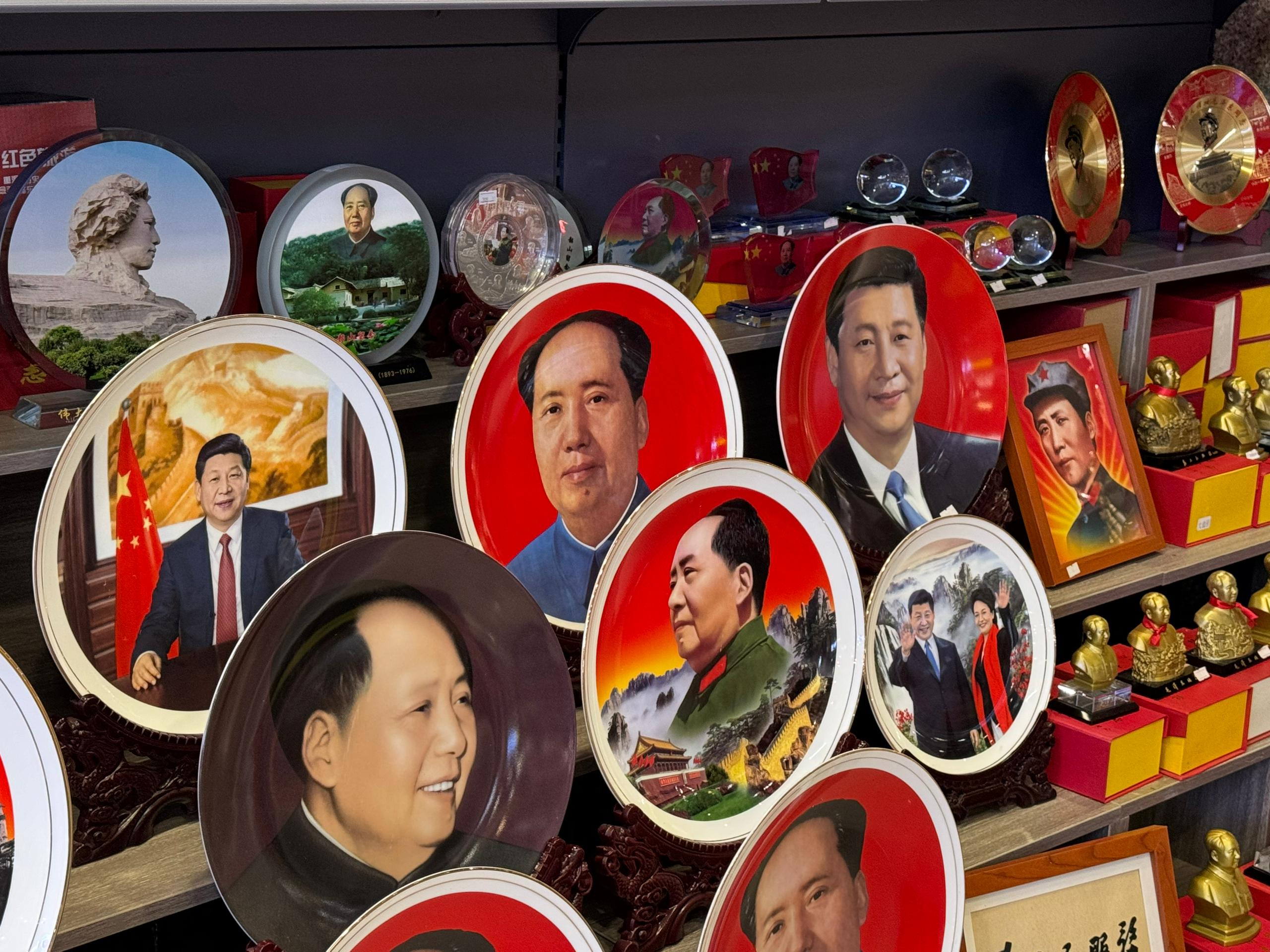
Table of Contents
The Background of Shaoshan
Shaoshan is a small town in Hunan Province with a long and rich history. According to ancient Chinese records, its origins date back over 5,000 years. The name “Shaoshan” means “beautiful mountain” in Chinese. It comes from a legend about Emperor Shun, an ancient ruler of China, who once led the people in building the area. In honour of him, the locals played a melodious piece of music called “Shao”. Since the region is mountainous, it eventually became known as Shaoshan.
For centuries, Shaoshan remained a quiet, traditional farming town. That changed in 1893, when a baby named Mao Zedong was born here, breaking the stillness that had lasted for generations.
Mao spent his childhood and early youth in Shaoshan. At the time, China faced many challenges, from foreign invasions to internal unrest. Deeply moved by the suffering of the Chinese people, Mao left Shaoshan at the age of 17 to pursue revolutionary ideals. The town later became known as the cradle of the Chinese revolution, with many local residents actively supporting the revolutionary cause and contributing resources and efforts.
After the founding of the People’s Republic of China, Shaoshan transformed from a rural village into a well-known revolutionary tourist destination. The local government preserved many historical sites linked to Mao Zedong, including his former residence, the private school he once attended, and venues where he spread revolutionary ideas. These landmarks now attract millions of visitors each year, not only from across China but also from around the world.
Places to visit in Shaoshan
The main tourist attractions in Shaoshan are spread across two areas: the town centre and the Mao Zedong Former Residence area. Nowadays, the most convenient way to reach Shaoshan is by high-speed train, with the Shaoshan railway station located in the town centre. So, let’s begin by exploring the sights in the town itself.
Shaoshan Railway Station 韶山站
Shaoshan Railway Station was a product of the Cultural Revolution. In early 1967, the central government ordered the construction of Shaoshan Railway Station and a railway line connecting it to nearby major cities. In just ten months, the station was finished.
After its completion, the number of visitors to Shaoshan surged. At its peak, the station received as many as 40,000 people in a single day. The station ceased operations in 2017, briefly reopened in 2021, but has since been closed again.
In the past, visitors were allowed inside, where they could see revolutionary oil paintings promoting Mao Zedong, as well as a slogan from the 1980s era of socialist China that read: “Unite all ethnic groups of the nation, rely on our own efforts, work hard, and gradually realize the modernization of industry, agriculture, national defense, and science and technology, to build our country into a highly civilized and highly democratic socialist nation.”
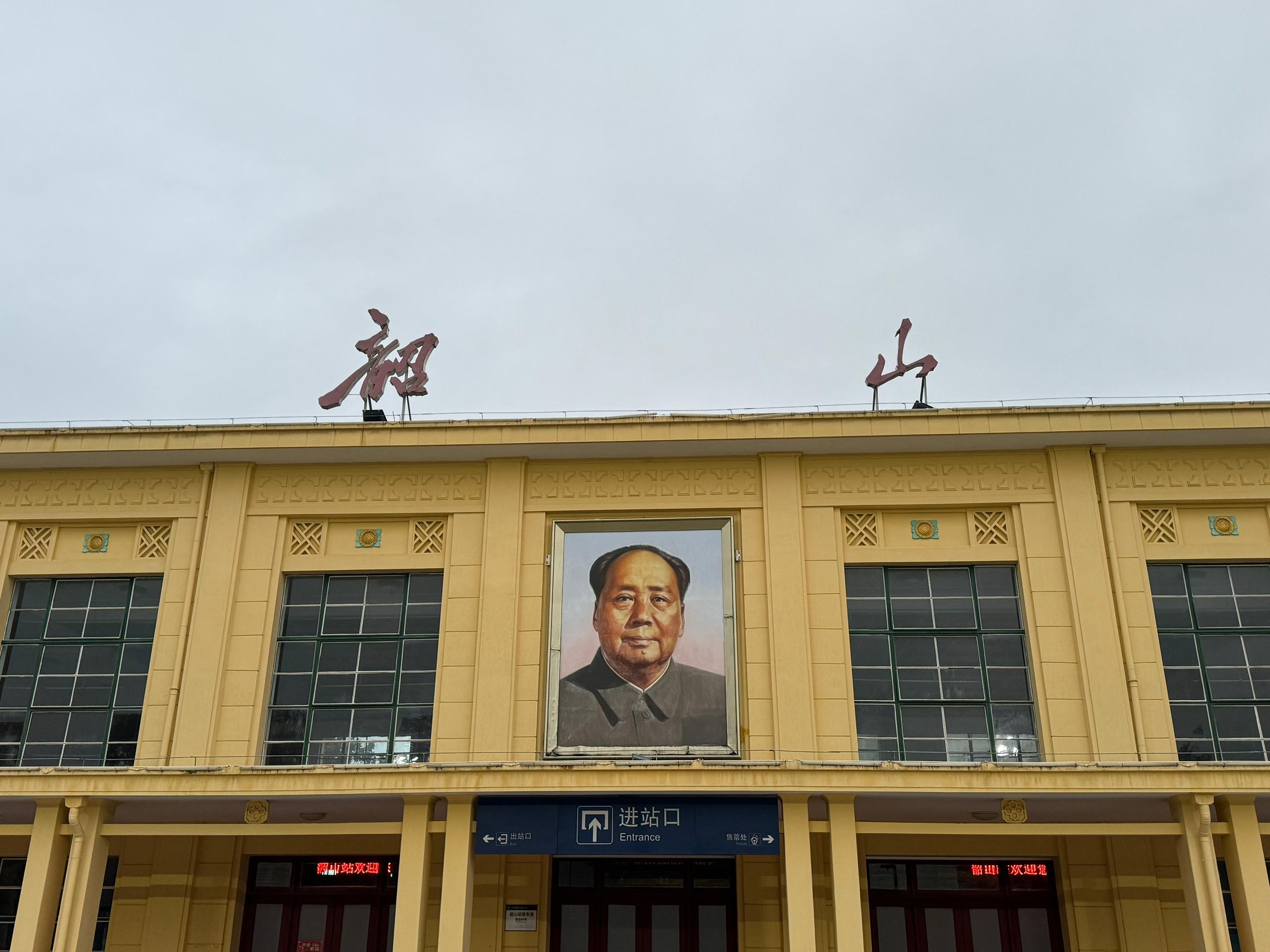
The Mao’s Youth Statue Park 毛泽东青年塑像公园
At the same time as the construction of Shaoshan Railway Station, the central government also proposed building a statue of Mao Zedong across from the station. Many companies and universities submitted design proposals, and the final selection depicted a young Mao Zedong wearing a traditional Chinese long gown.
The park was completed in 1967. The statue we see today, including its stone pedestal, stands at a total height of 12.26 meters, symbolizing December 26th, Mao Zedong’s birthday. The statue itself is 6 meters tall, representing his six family members who sacrificed their lives for the revolution.
The statue faces southeast, a reference to a line from Mao’s poem “Changsha”, which expresses his youthful ambition to guide the fate of the nation: “Pointing to stream and hill, writing in blame or praise, we treated like dirt all mighty lords of olden days.”
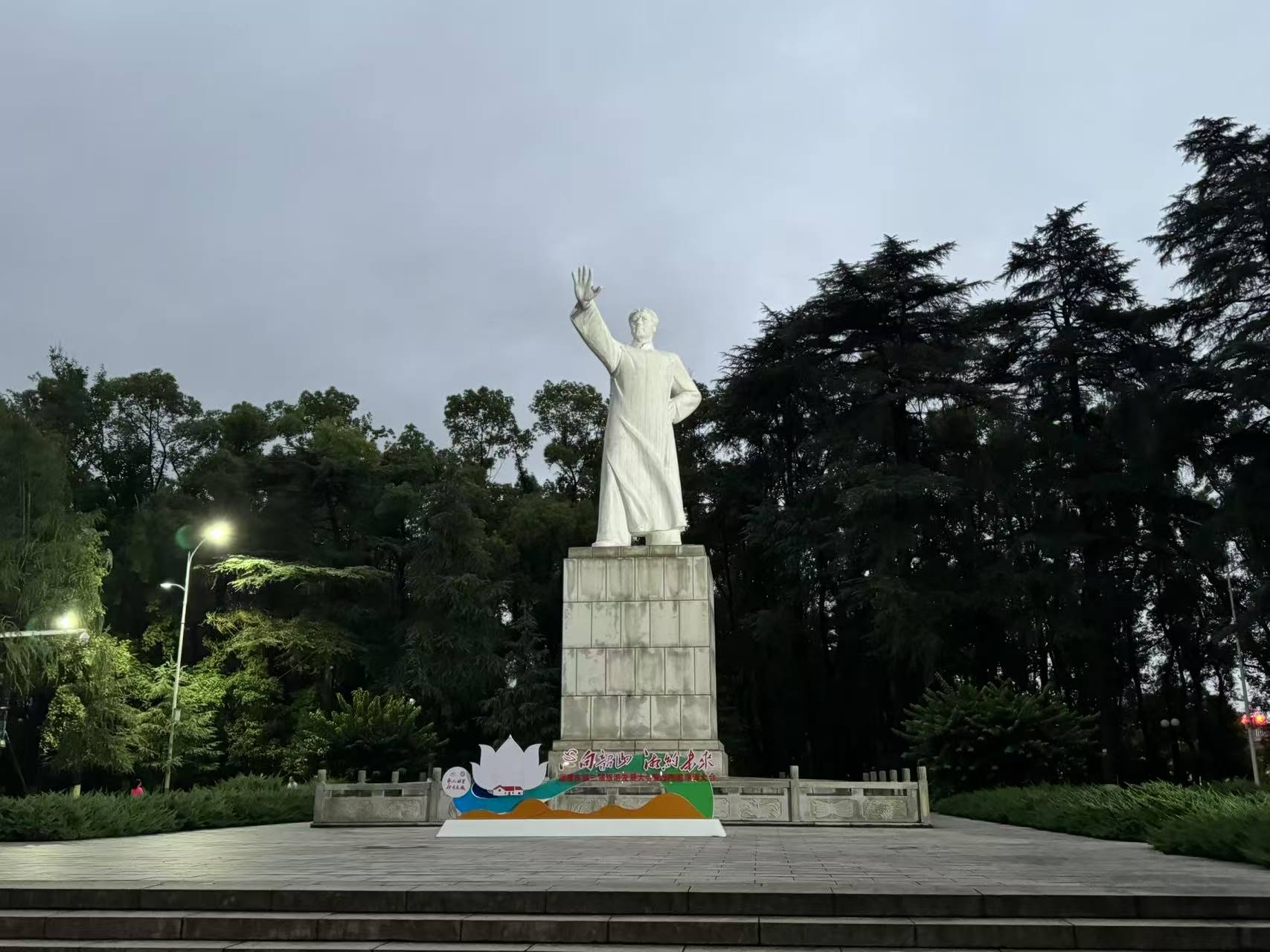
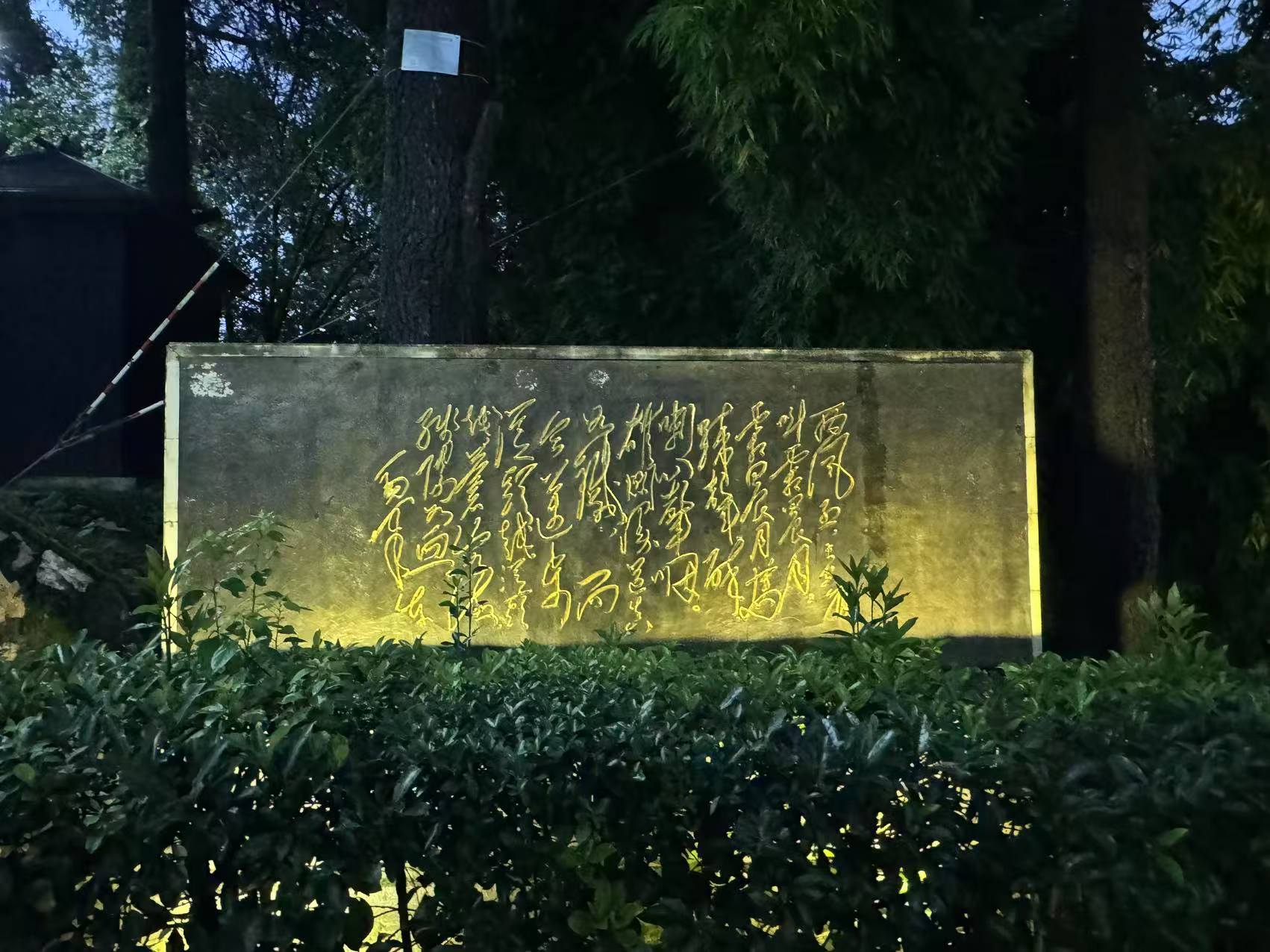
Shaoshan Martyrs’ Cemetery 韶山烈士陵园
Shaoshan Martyrs’ Cemetery is not only a memorial site for revolutionary martyrs, it is also, in a sense, the Mao family memorial ground. You can find the sacrificed 6 relatives and family members of Mao Zedong here.
Mao Zemin, Mao Zedong’s younger brother, an economist and governor of the National Bank of the Chinese Soviet Republic. In 1942, he was arrested in Xinjiang by the Nationalist warlord Sheng Shicai and was strangled to death with a rope.
Mao Zetan, another of Mao’s brothers, who remained in Jiangxi to fight the Nationalists after the Long March. He was surrounded and killed in battle.
Yang Kaihui, Mao Zedong’s second wife. In 1930, she was arrested and executed by the Nationalists. Before her death, she wrote a heartfelt 4,000-character letter to Mao, which she hid in a crack in a brick wall. It was not discovered until 1982.
Mao Zejian, a female relative who led peasant and women’s revolutionary activities in Hunan. She was captured during a battle between guerrilla forces and the Nationalists. The enemy tortured her brutally, running red-hot iron wire through her body until she died.
Mao Anying, Mao Zedong’s son. At the age of 8, he was imprisoned with his mother, Yang Kaihui. After her death, he was rescued but ended up begging on the streets. He was later found and sent to study in the Soviet Union. He was killed in a U.S. air raid during the Korean War.
Mao Chuxiong, the son of Mao Zetan. In 1946, while escorting Communist delegates to peace talks with the Nationalists in Xi’an, he was kidnapped and murdered.
In 1959, Mao Zedong returned to Shaoshan. Remembering the deep sacrifices of his family, he wrote the famous poem “Arriving at Shaoshan”, which includes the lines: “More minds grow stronger for the martyrs’ sacrifice, Daring to move the sun and the moon to new skies.”

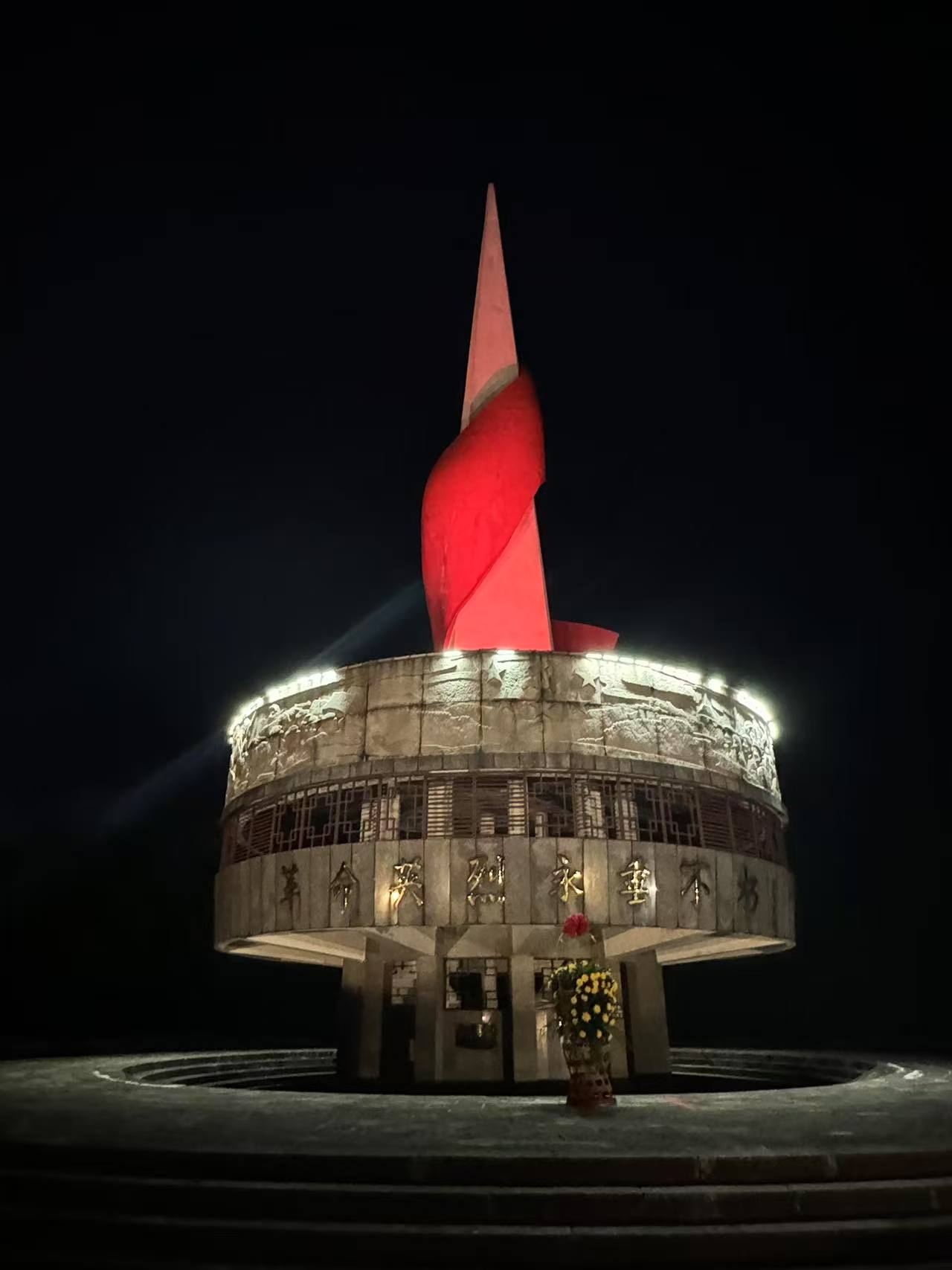
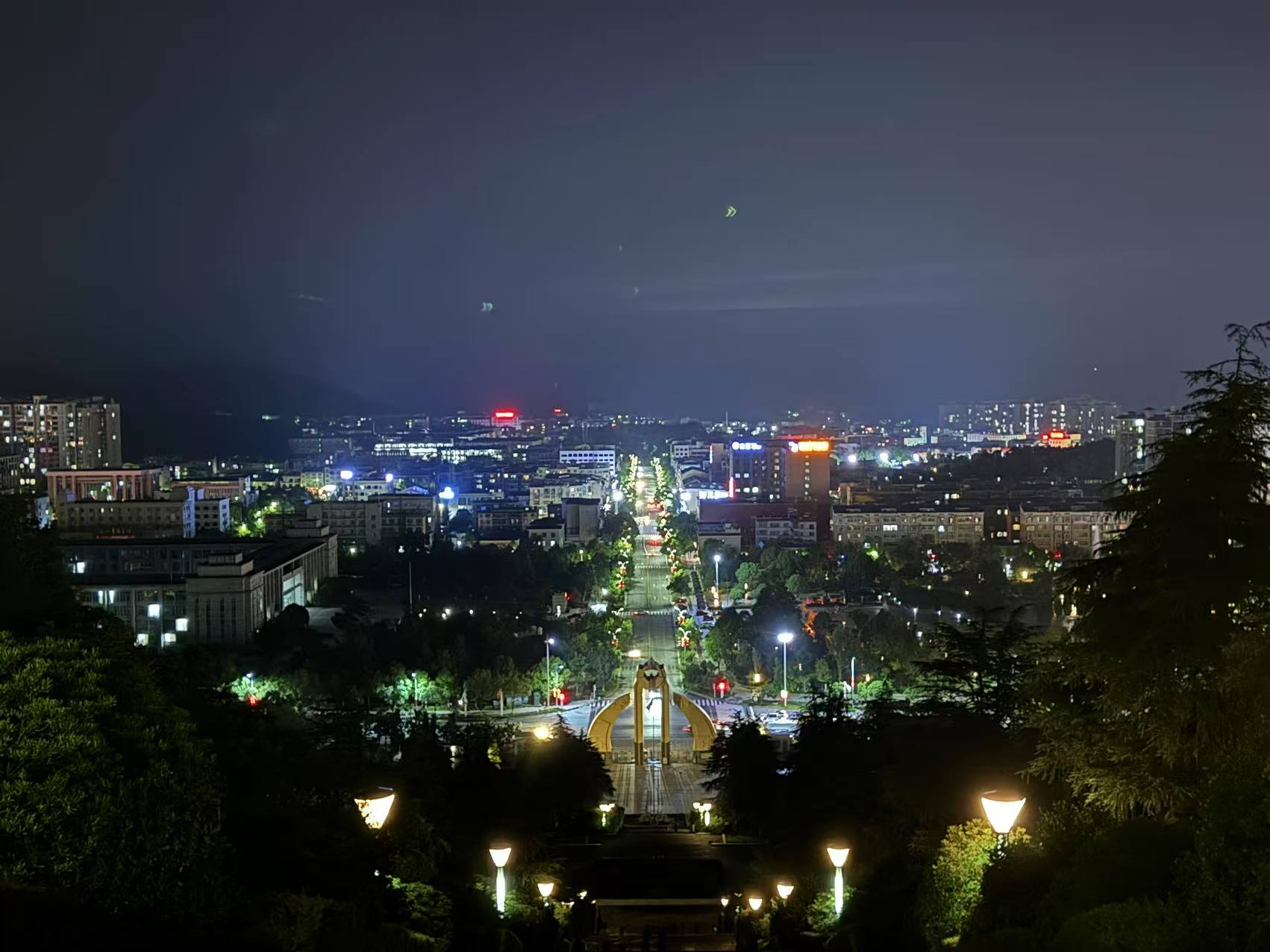
Mao Zedong’s former Residence 毛泽东故居
Now let’s turn to the attractions near Mao Zedong’s birthplace, beginning with his former residence. This traditional southern Chinese farmhouse, built in 1878, follows a concave-shaped layout, with earthen brick walls and a grey tiled roof. The property covers a total area of 566.39 square metres, with a floor space of 472.92 square metres, and contains 20 rooms. Fourteen of these on the eastern side belonged to the Mao family, five on the western side to a neighbour, and the central hall was shared by both households.
On 26 December 1893, Mao Zedong was born in this modest home and spent his childhood and teenage years here. Many of the rooms still hold simple furnishings once used by the Mao family, such as the bed, desk, and wardrobe in Mao’s own bedroom, offering a vivid glimpse into his early life.
In 1925, Mao returned to Shaoshan with his wife, Yang Kaihui. He used the attic of his bedroom as a base to establish the local Communist Party branch, leading revolutionary activities among the local peasants. In 1929, the Nationalist government seized and damaged the house, but it was restored to its original form in 1950. Today, it stands as a nationally protected cultural heritage site and draws countless visitors eager to witness the humble beginnings of the great leader.
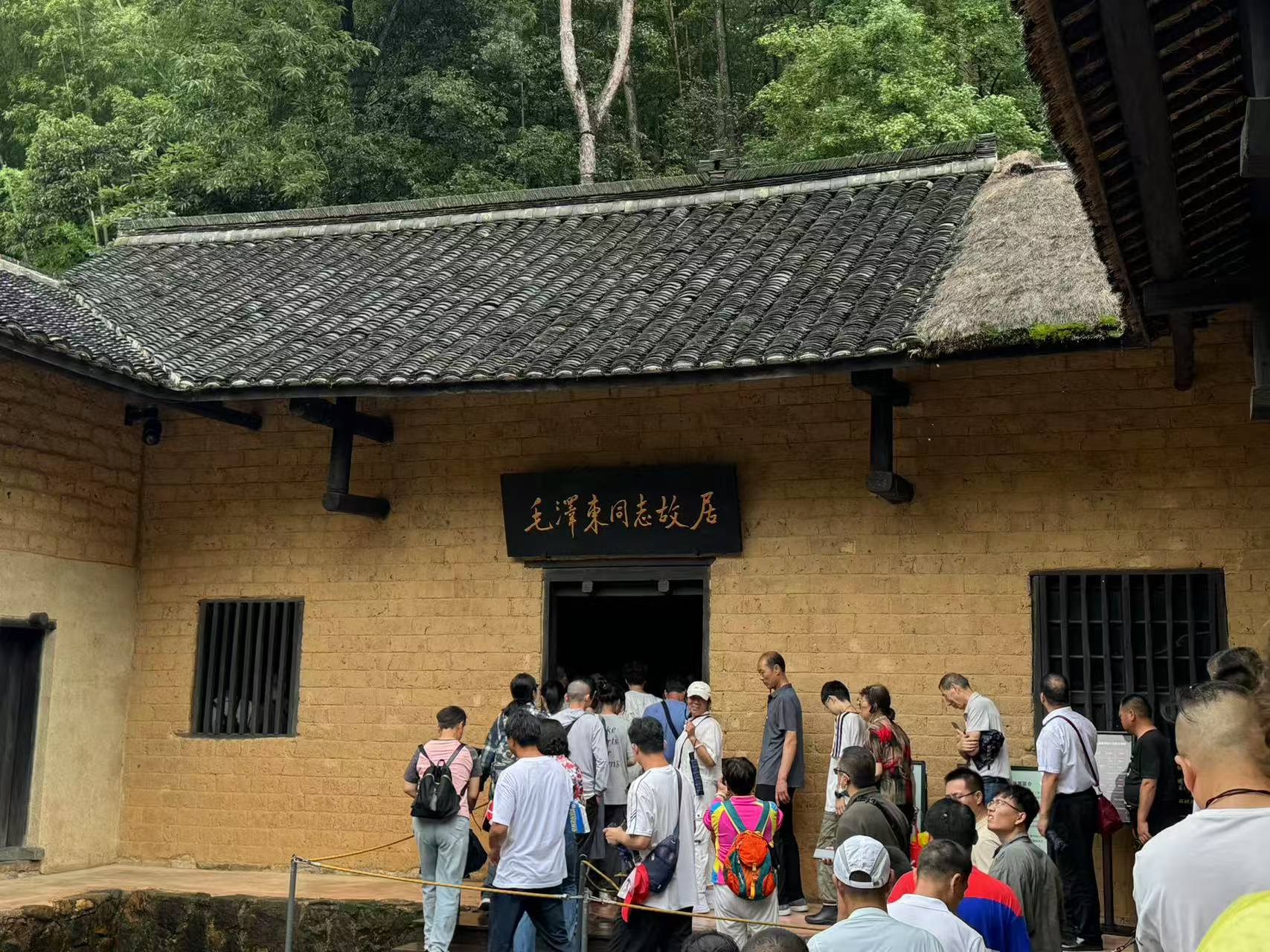
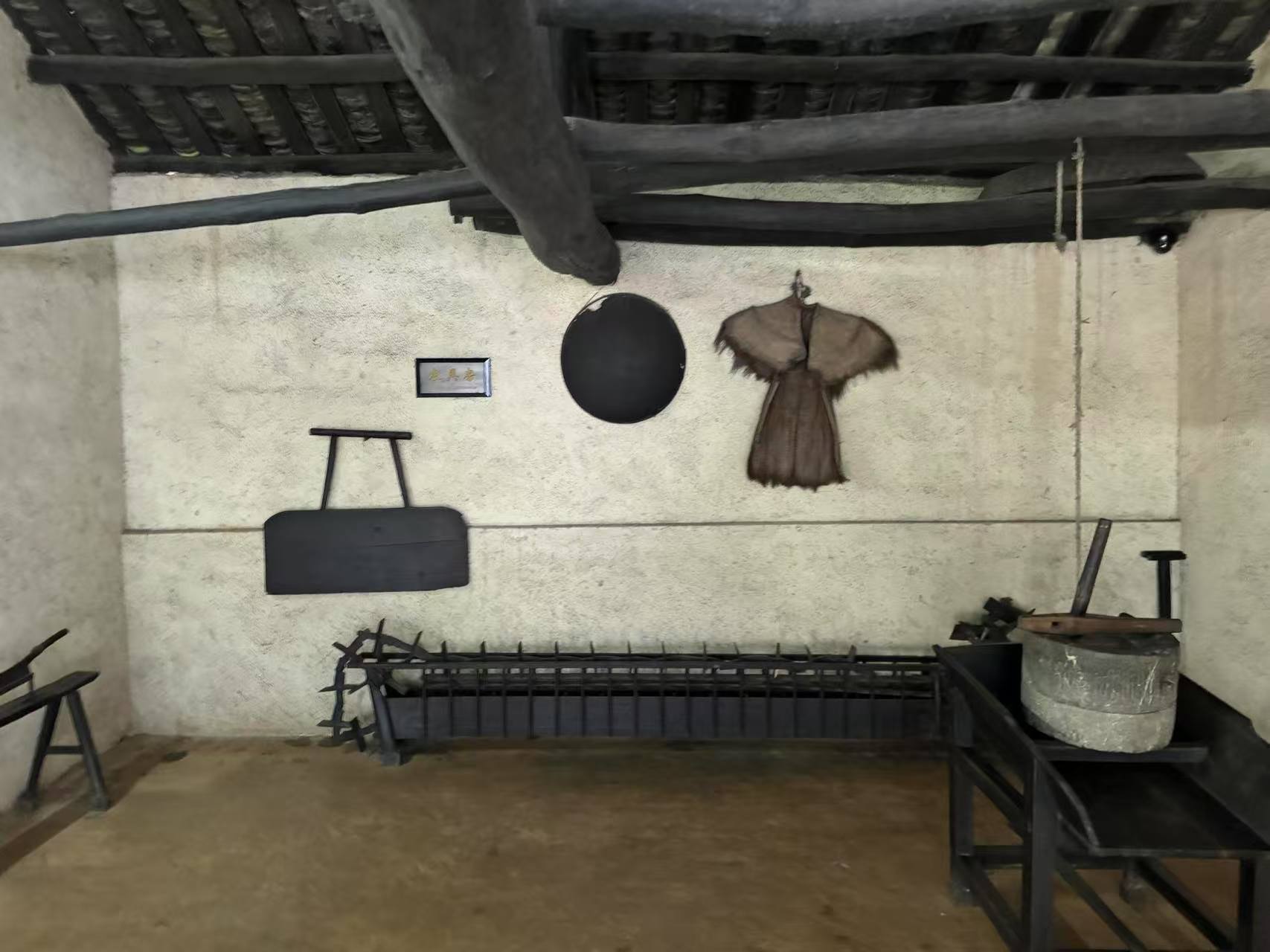
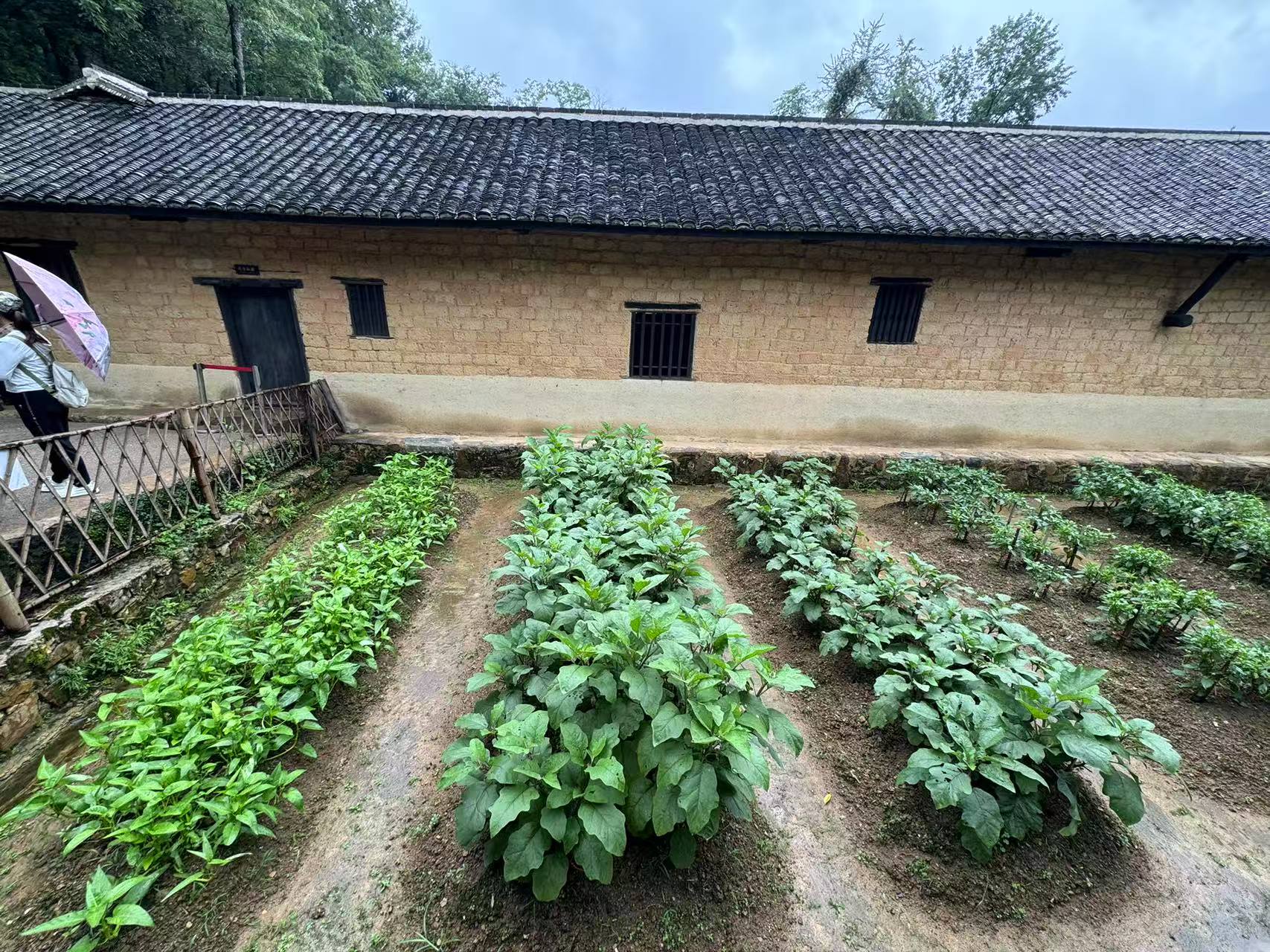
Mao Zedong Relic Museum 毛泽东遗物馆
In November 1990, the General Office of the CPC Central Committee transferred nearly 6,500 personal belongings of Mao Zedong—previously kept at Zhongnanhai in Beijing—to his hometown in Shaoshan. These items reflect every aspect of Mao’s life, from work and study to daily routines. The museum is organised into five sections, with over 800 items on display, offering a realistic portrayal of Mao’s day-to-day life.
Some of the most distinctive exhibits include a towel with 54 patches, a meticulously detailed list of daily expenses, the Zhongshan suit Mao wore when meeting Richard Nixon in 1972, the swimming briefs he used during his swims, a tung oil lamp from his youth, and a wall clock once used by Yang Kaihui.
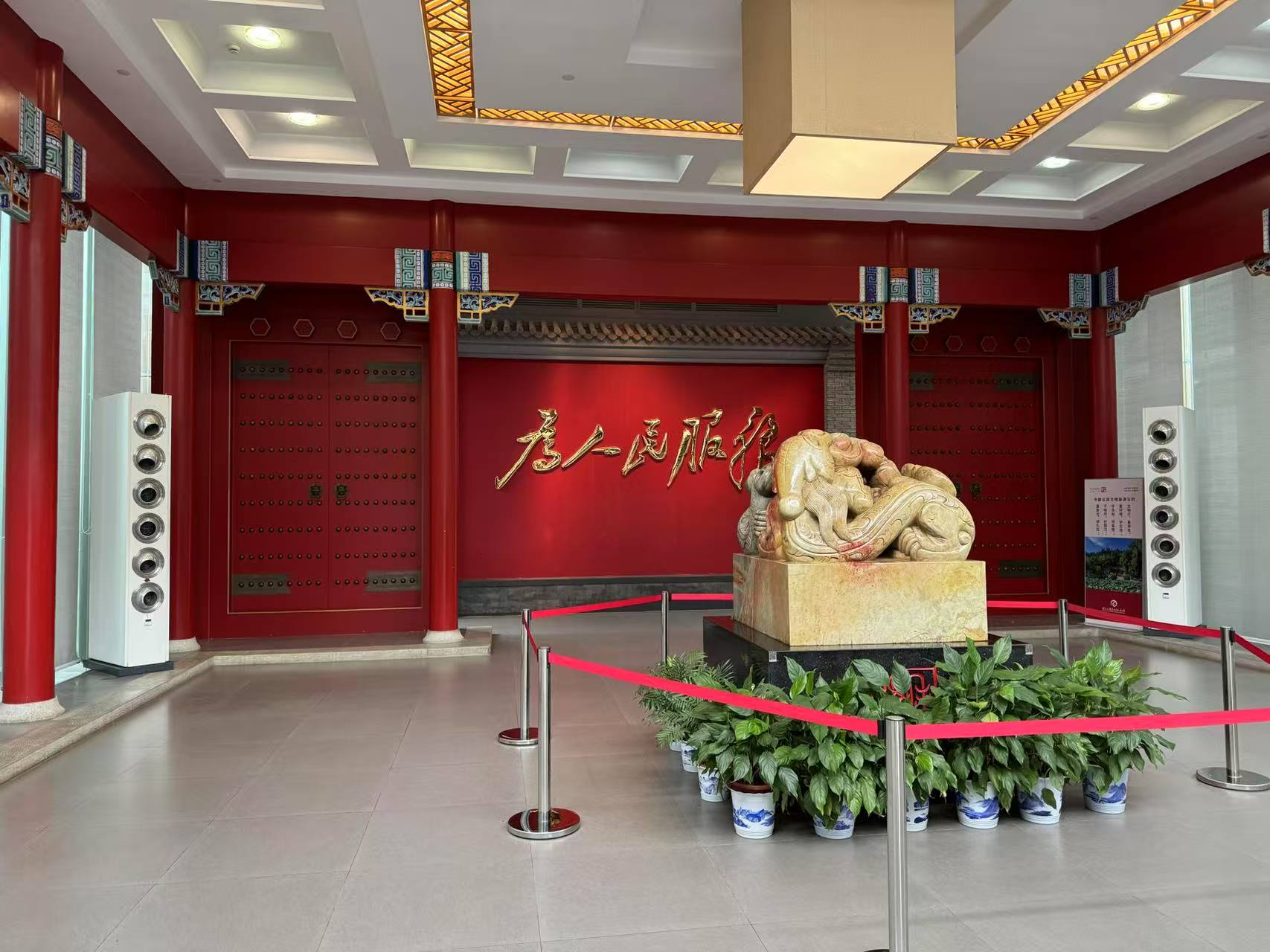
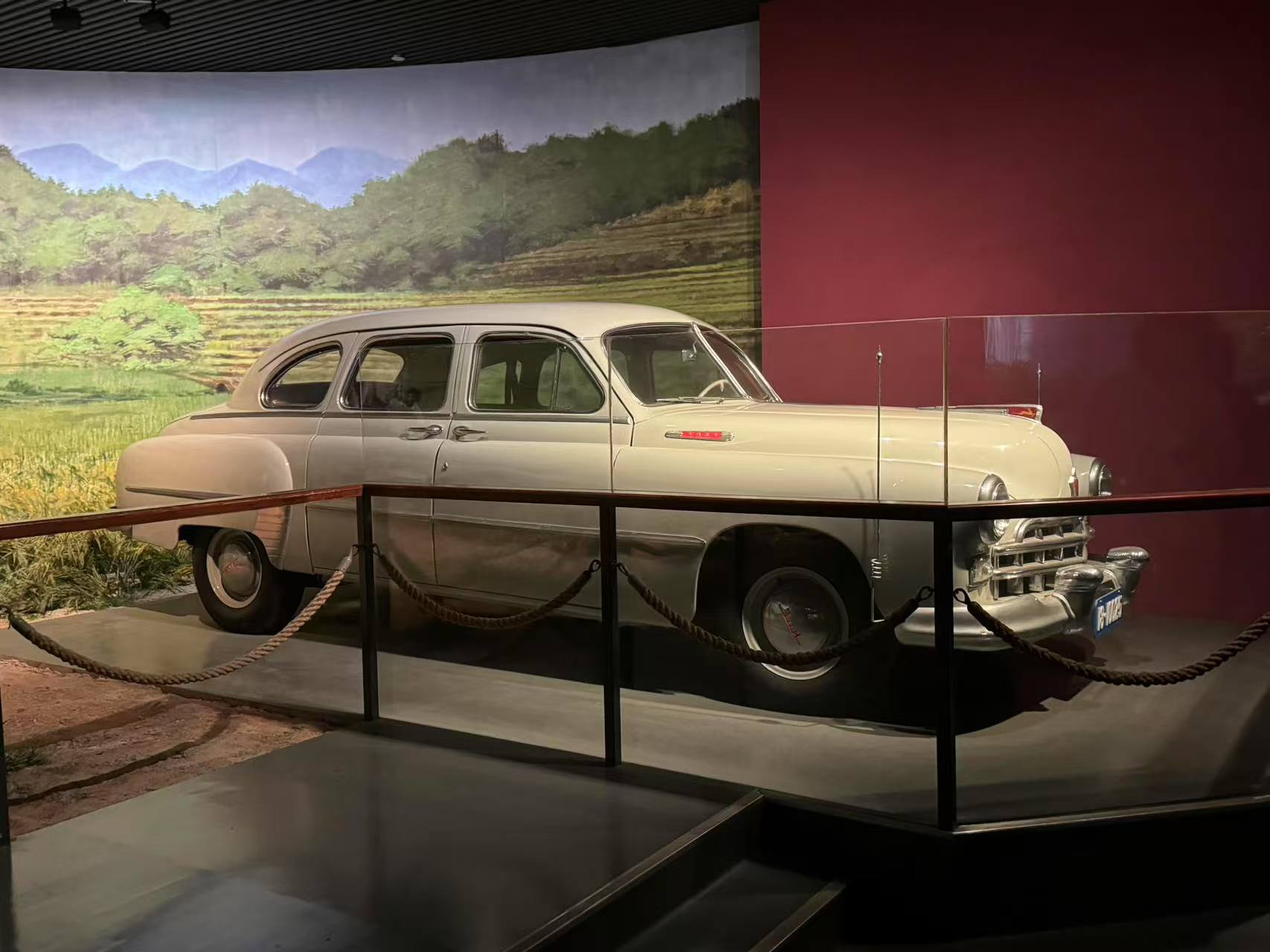
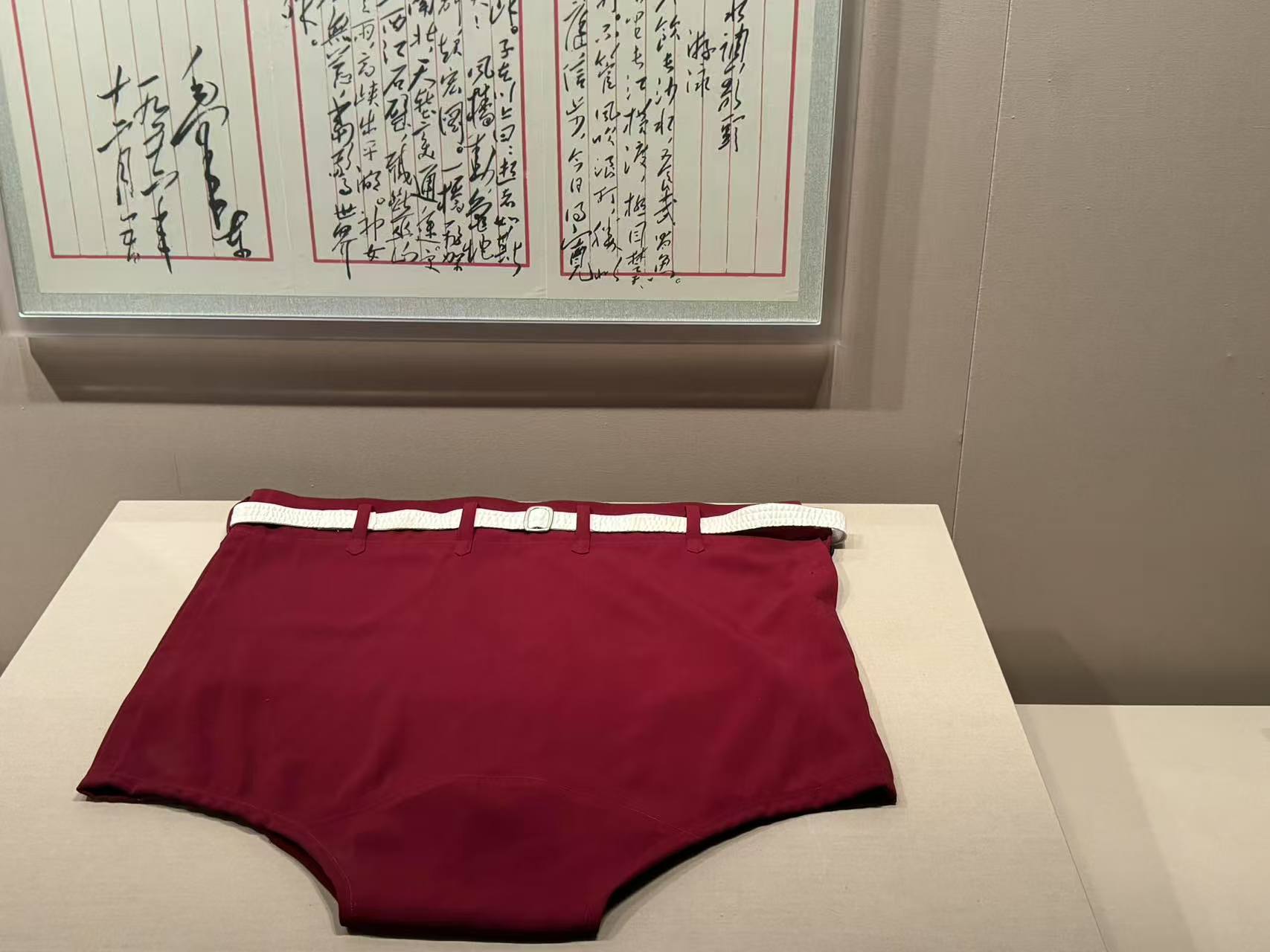
Dishuidong (Dripping Water Cave) 滴水洞
Dishuidong lies in the southwest of Shaoshan. After the founding of the People’s Republic of China, the Communist Party built this secluded villa at Mao Zedong’s request, intended as his retreat whenever he returned to his hometown. However, he only stayed here once, in 1966, for a period of 12 days, and never returned afterwards.
The villa complex includes the living quarters of Mao and his wife, Jiang Qing, a meeting room used for secret discussions during the Cultural Revolution, and defensive structures such as an air-raid shelter and a shockproof chamber built to withstand earthquakes up to magnitude eight—precautions taken in light of possible conflict with the Soviet Union.
A spring flows down from Longtou Mountain nearby. Locals say that drinking or touching its water brings blessings from Mao Zedong himself.
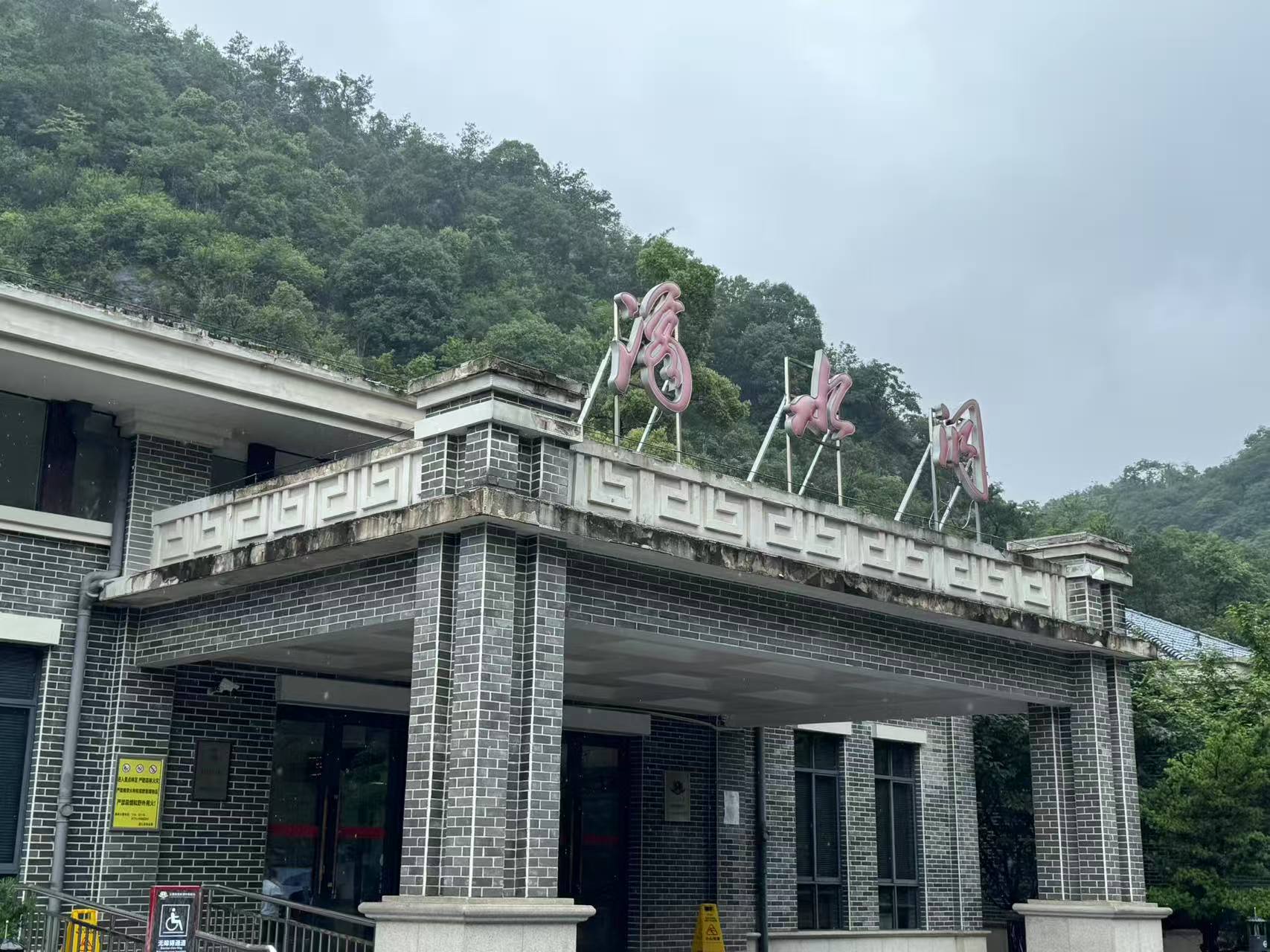
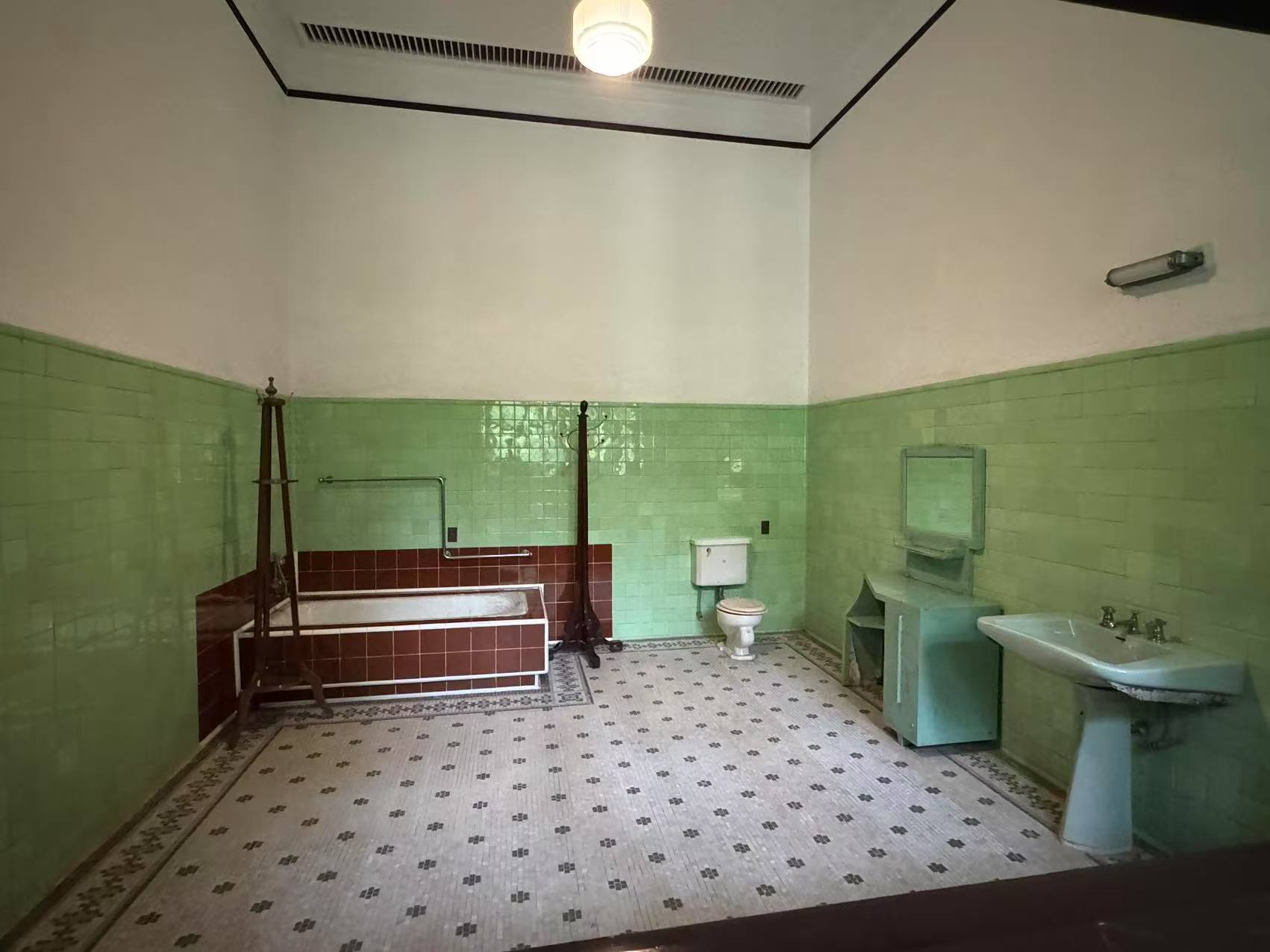
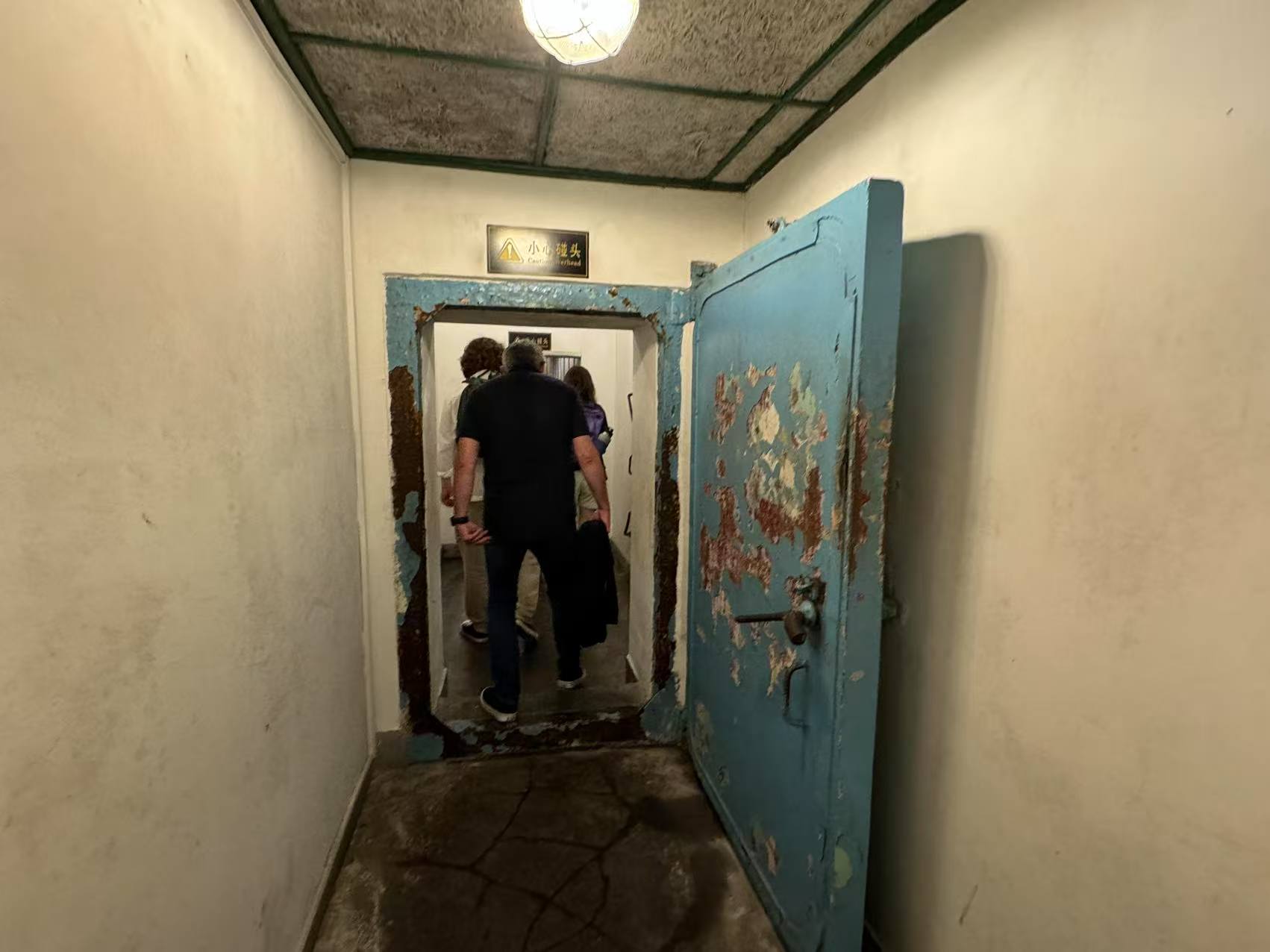
Food in Shaoshan
Shaoshan’s local cuisine masterfully blends the bold, spicy flavours of Hunan food with unique regional traditions. One of the most iconic dishes is Mao’s braised pork (毛氏红烧肉), which has a strong personal connection to Mao Zedong himself. Cooks prepare it using high-quality pork belly, slowly simmered with rock sugar and a mix of aromatic spices. The result is tender, melt-in-the-mouth meat with a perfectly balanced sweet and savoury taste. In Chinese culture, the dish symbolises prosperity and abundance.
Another local favourite is Shaoshan smoked meat. Locals expertly cure and season pork, beef, or lamb using traditional smoking techniques. The meat is hung in smoking chambers where sawdust, tea leaves, and fruit tree branches are burned to produce fragrant smoke. This method gives the meat its distinctive smoky aroma and chewy texture, making it popular with both residents and visitors.
One noteworthy culinary highlight near Mao’s Former Residence is Mao’s Family Restaurant, run by Ms. Tang Ruiren, a businesswoman now in her nineties who met Mao Zedong in her youth. Building on the popularity of Mao-style cuisine, she turned her venture into a successful brand. Today, she owns over 300 restaurants, making her one of Shaoshan’s most prominent and wealthy entrepreneurs.
How to get to Shaoshan
Shaoshan is officially a county-level city under the administration of Xiangtan, but thanks to the fame and tourism brought by being Mao Zedong’s hometown, it enjoys much better infrastructure than most counties. Most notably, its own high-speed railway station, making it far more accessible than similar places.
For international travellers, the easiest way to reach Shaoshan is by flying into major cities like Beijing or Changsha. Both cities offer direct high-speed train services to Shaoshan, making the journey smooth, quick, and comfortable.
Conclusion
Today, Shaoshan continues to evolve. With improved infrastructure, modern amenities, and a thriving tourism industry, it offers visitors a unique blend of historical depth and contemporary comfort. The town feels like a living museum, inviting travellers to engage with the legacy of Mao Zedong and the resilience of the Chinese nation.
YPT’s Chairman Mao and Nanjiecun Collective Village Revolutionary China Tour takes you on a journey from Mao’s birthplace in Shaoshan to the final chapter of his life in Beijing. It’s one of the most comprehensive ways to understand his life and revolutionary path. We can also arrange custom private tours of Shaoshan.
Click here to find out more about YPT’s China tours.





